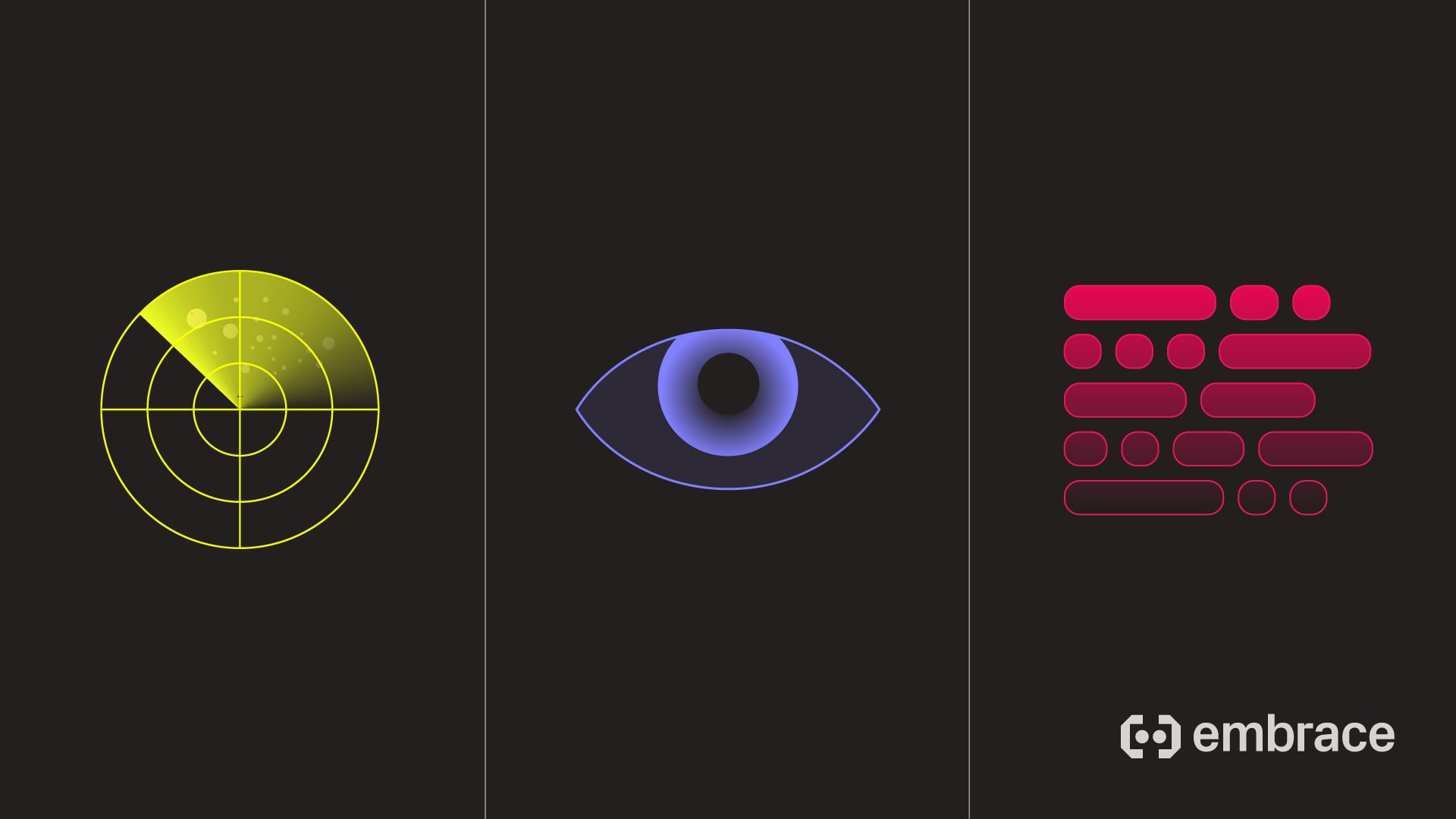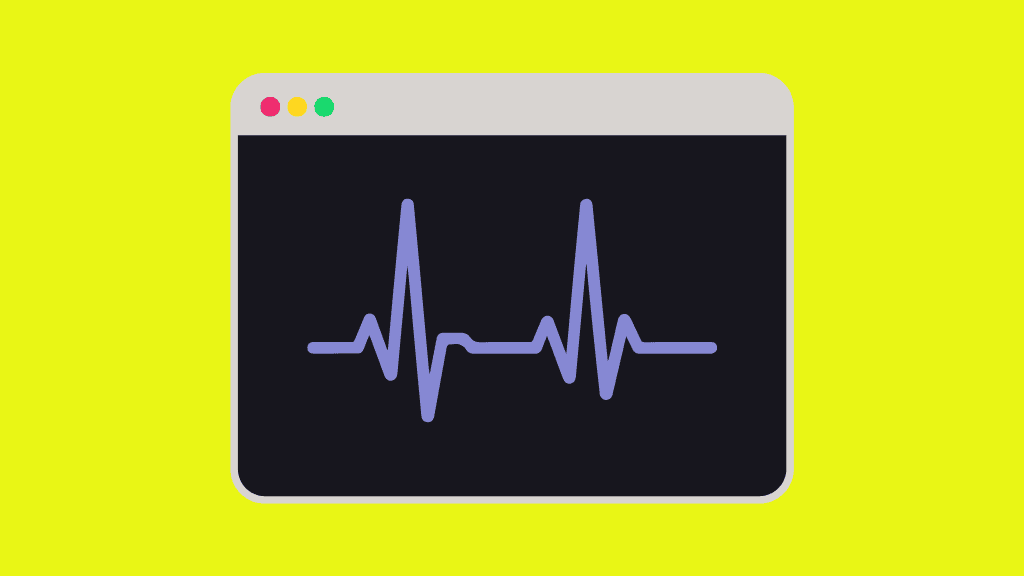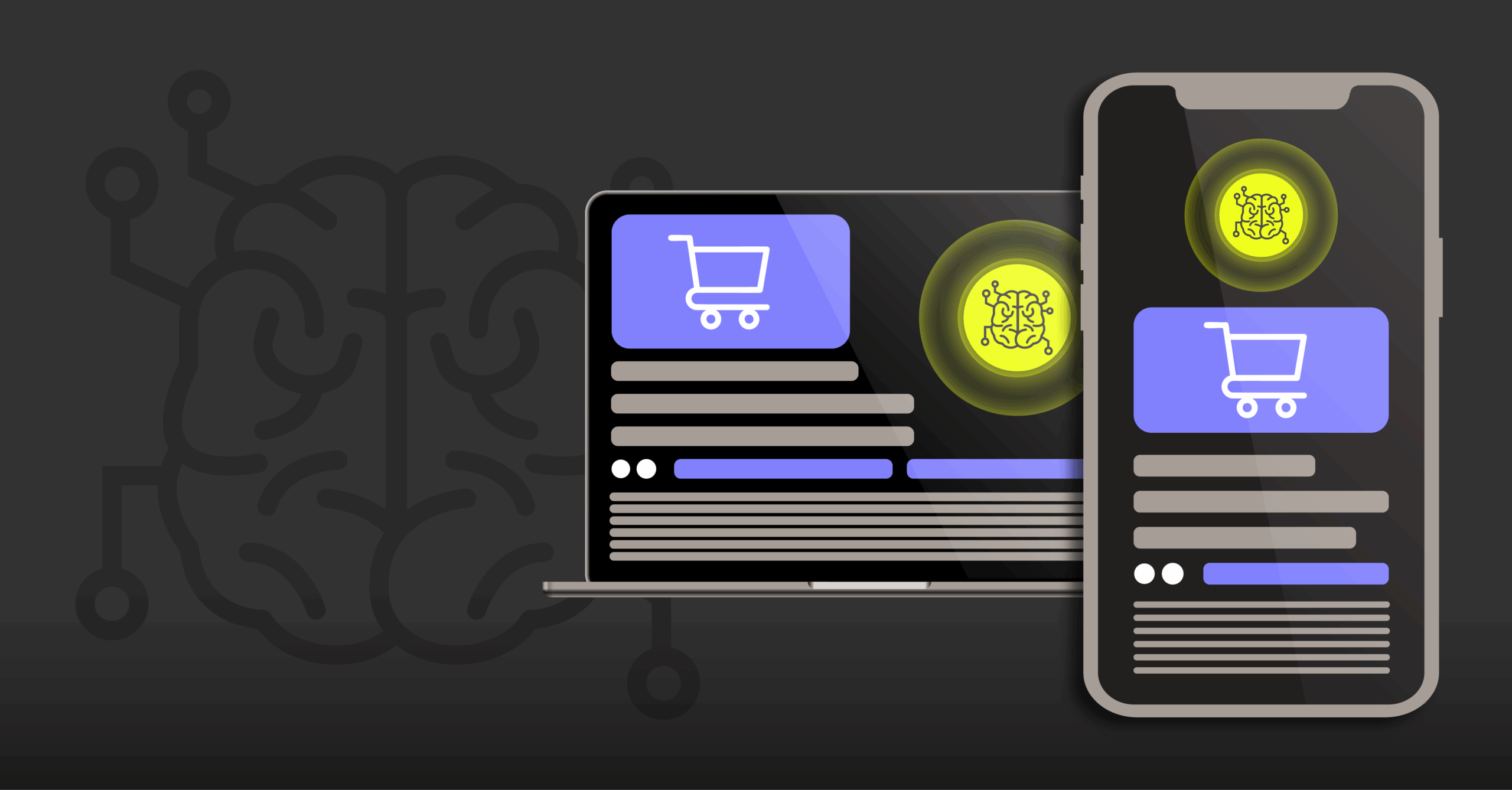
Monitoring Vs Observability Vs Telemetry: What’s the Difference

In this article, we’ll clarify what sets monitoring, observability, and telemetry apart, and why a clear grasp of these terms is crucial for building resilient systems.
Understanding the distinctions between observability vs monitoring vs telemetry is essential for anyone managing modern applications, especially in complex, distributed environments. These concepts are often used interchangeably, but each plays a unique role in ensuring system reliability, performance, and rapid troubleshooting. In this article, we’ll clarify what sets monitoring, observability, and telemetry apart, and why a clear grasp of these terms is crucial for building resilient systems.
What is Monitoring: Definition and Core Functions
Monitoring is the process of collecting, analyzing, and visualizing predefined metrics to track the health and performance of systems. At its core, monitoring answers the question: “Is the system working as expected?” It relies on established thresholds and alerts to notify teams when something deviates from the norm.
Key Functions of Monitoring
- Alerting: Notifies teams when metrics cross predefined thresholds (e.g., CPU usage exceeds 90%). Explore mobile alerting solutions to ensure you never miss a critical event.
- Dashboards: Visual representations of system health, often in real time.
- Trend Analysis: Historical data helps identify patterns and predict future issues.
Understanding Telemetry: The Foundation of Data Collection
Telemetry is the automated process of collecting raw data from systems, applications, or devices and transmitting it to a central location for analysis. In the context of observability vs monitoring vs telemetry, telemetry serves as the foundational layer, providing the data that monitoring and observability tools rely on.
Types of Telemetry Data
- Metrics: Quantitative measurements such as response times, memory usage, or transaction counts.
- Logs: Time-stamped records of discrete events, errors, or state changes.
- Traces: Detailed records of requests as they traverse through distributed systems.
What is Observability: Beyond Traditional Monitoring
Observability is the capability to infer the internal state of a system based on the data it produces. Unlike monitoring, which focuses on known issues and predefined metrics, observability empowers teams to explore unknowns and answer new questions as they arise.
Core Principles of Observability
- Exploratory Analysis: Enables deep dives into system behavior, even for previously unseen issues.
- Correlation Across Data Types: Integrates metrics, logs, and traces for comprehensive context.
- Root Cause Analysis: Facilitates rapid identification of the underlying causes of incidents.
Key Differences Between Monitoring, Observability, and Telemetry
Understanding observability vs monitoring vs telemetry requires recognizing how these concepts interact and where they diverge:
| Aspect | Monitoring | Telemetry | Observability |
| Purpose | Detect known issues | Collect raw data | Diagnose unknown issues |
| Approach | Reactive (alerts on thresholds) | Foundational (data collection) | Proactive (exploratory analysis) |
| Data Used | Metrics (predefined) | Metrics, logs, traces (raw) | Metrics, logs, traces (correlated) |
| Outcome | Answers “What is wrong?” | Provides data for analysis | Answers “Why is it wrong?” |
| Example | Alert on high error rate | Collect all error logs and traces | Trace root cause of error spike |
In summary, telemetry provides the data, monitoring uses that data to detect and alert on known issues, and observability leverages all available data to understand and resolve both known and unknown problems. For managing critical applications, adopting all three practices ensures robust performance, rapid troubleshooting, and continuous improvement. Learn more about mobile app performance monitoring to strengthen your observability stack.

